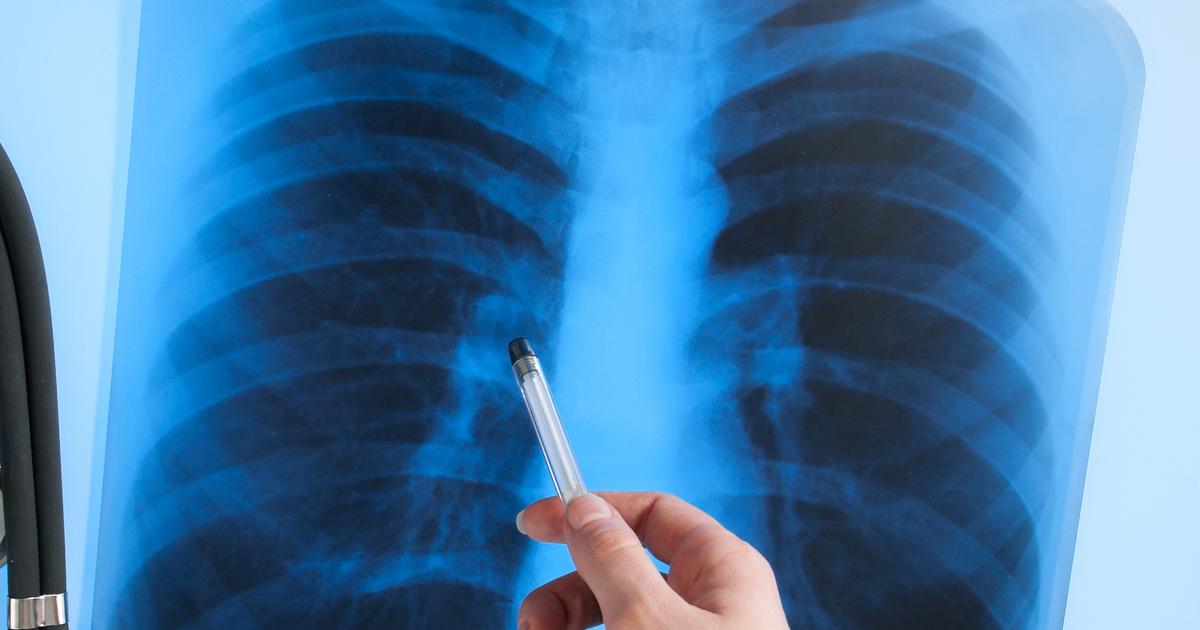Overview Of Atenolol (Tenormin)
Potential Side Effects

Patients who take atenolol often experience cold hands and feet, and dizziness, constipation, and diarrhea are other common side effects. Patients may notice leg pain, and episodes of low blood pressure have occurred. Headaches, shortness of breath, and unexplained fatigue are possible during treatment with atenolol too. When these side effects are mild, they typically go away on their own within two weeks. Patients should talk to their doctor if these side effects persist or become severe. Less common side effects associated with atenolol include weight gain and swelling of the arms, ankles, or feet. Depression could develop, too, and patients may notice anxiety, feelings of hopelessness, and trouble with concentration. If any of these side effects develop, patients should inform their doctor right away.
Get familiar with precautions to remember when taking atenolol next.
Precautions To Remember

Generally, patients with chronic obstructive pulmonary disease (COPD) or asthma should not take this medication. If it is prescribed, doctors will carefully monitor the patient, and the medicine will be given in a very small dose. Diabetes patients should be aware atenolol could make it more difficult to recognize the signs of low blood glucose, including shaking and an increased heart rate. Thus, they may need to monitor their blood glucose more closely during treatment with atenolol. It is particularly important that patients do not stop taking atenolol without talking to their doctor first. If atenolol is stopped suddenly, the patient could have an increase in chest pain, and blood pressure might rise. Some patients could even have a heart attack. Patients who are discontinuing atenolol will need to do so with a tapered dosing schedule recommended by their doctor.
Uncover the potential medication interactions with atenolol next.
